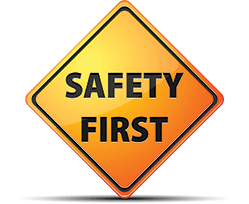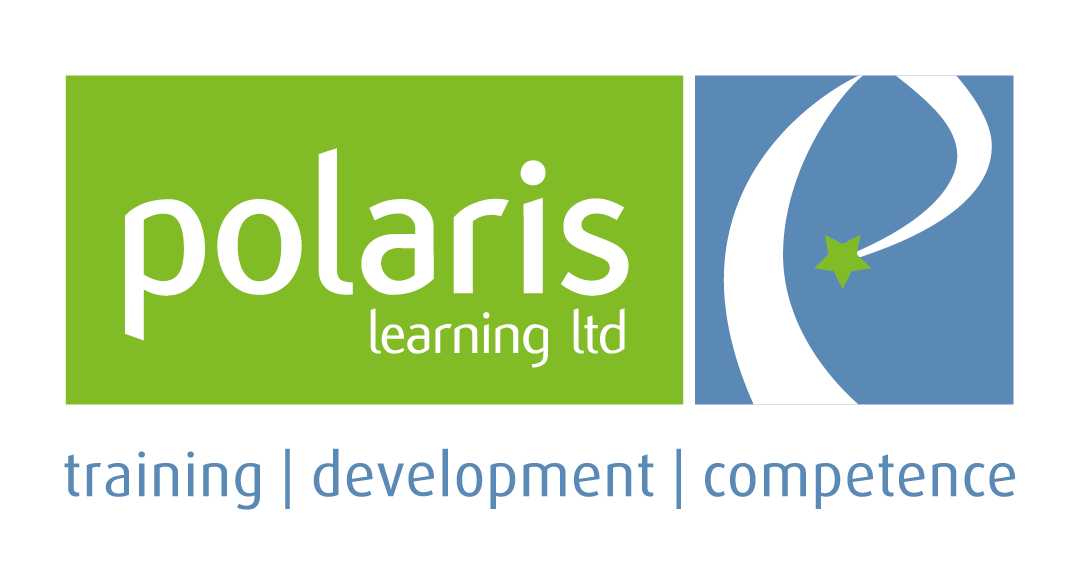Competence and the Construction Industry
Competence is a word that we all come across a lot and we probably all have a view on what it means.
We like these two definitions:
“Competence is concerned with what people can DO rather than what they KNOW” – Unit for Development of Adult Continuing Education
“The ability to do a particular activity to a prescribed standard” – Working Group on Vocational Qualifications, 1986
The competency of a workforce is important in any high-risk industry so this is, of course, a relevant subject in the construction industry.
Traditionally, in the construction industry, the focus of competency has been on health and safety, ensuring that each employee is aware of his or her health and safety responsibilities and also competent in relation to health and safety. 
In reality, competency is much broader than health and safety although health and safety remains at the core of any competency system.
To answer what an employee needs to be competent in, it can be best to start by asking why competency matters in the construction industry.
First and foremost, competency is key to supporting the safety of your workforce, the environment that they are working in and the physical property on and around the site.
Competency is also about helping to ensure that you have a team who can address the challenges facing the construction industry: attracting and keeping good people, being able to secure work at competitive prices, providing an efficient service and delivering to the quality needed in the timescales required.
So what do you need from your workforce?
You need to make sure that your employees are competent in the key areas of their role so that they can do the work that your client requires safely, on time and to standard.
To do this, they need to have:
- Up-to-date skills that cover the technical and non-technical aspects of their role
- The knowledge and experience to know what is required of them against the standard
- The right behaviours and attitudes
- The ability to work to the standard that is required under normal circumstances and also when things are going wrong
This can start to sound overwhelming but by following a risk-based approach to competency, you will find that this does not need to be a large and difficult project.
So where do you start?
The starting point is to look at all the positions in your organisation from a risk-based approach.
Which positions present the highest risk? And for each position, which tasks present the highest risk?
This starts with risk to life or safety of all people on the site as well as people nearby. It then moves onto risk to the environment, risk to property and risk to the project.
If you have employees working towards vocational qualifications (SVQs and NVQs) then some of the areas where you will need to assess their competence will be covered within the on the job assessment part of the qualification.
When you start to think about competency from a risk-based approach, it becomes much easier to understand where you need to focus your effort.





